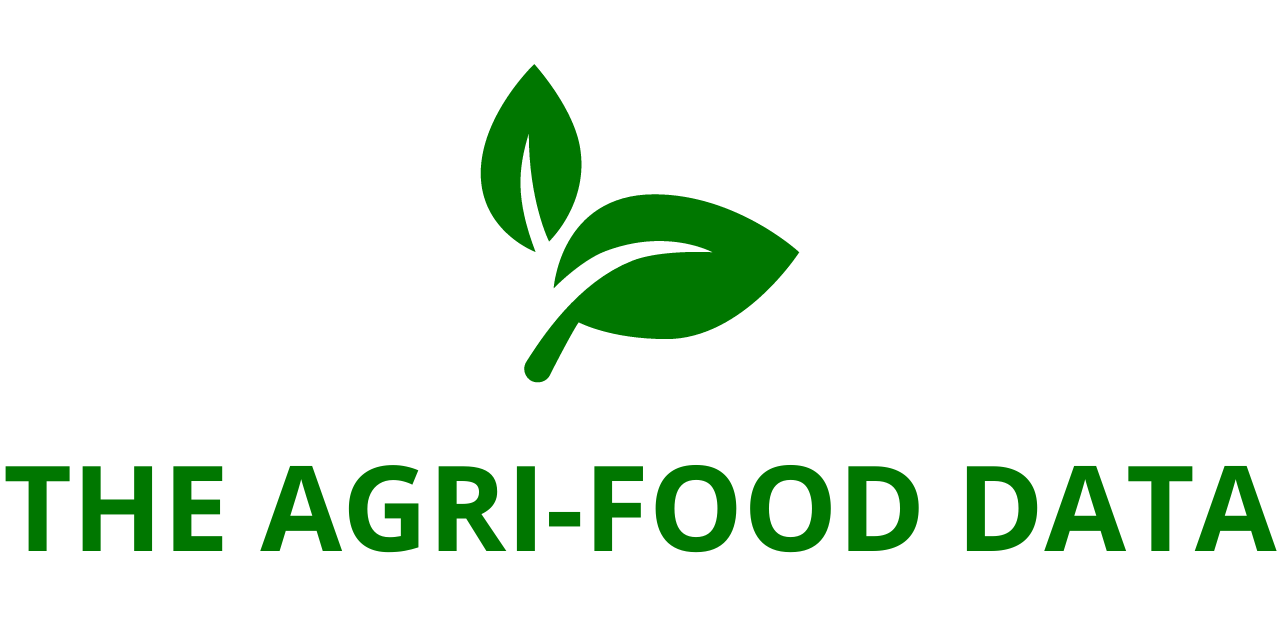
The “Global Frozen Food Market” report has been released by ResearchAndMarkets.com, highlighting the rapid growth of the global frozen food industry. The market is projected to reach a substantial valuation of US$ 732.41 billion by 2031, reflecting a Compound Annual Growth Rate (CAGR) of 10.79% from 2023. This growth is largely driven by increasing Foreign Direct Investment (FDI) in emerging markets and a shift in consumer lifestyles that prioritize convenience.
Sector Overview
The frozen food sector is characterized by a diverse range of products, including fruits, vegetables, dairy, meat and poultry, seafood, bakery goods, and a variety of ready meals. Among these, the Ready Meals segment holds a significant share, accounting for over 29% of the market in 2020. Additionally, the Meat & Poultry segment is projected to generate revenue exceeding US$ 110 billion by 2027. The retail distribution channels, including online platforms, supermarkets, and hypermarkets, are expected to play a crucial role, with potential revenues surpassing US$ 275 billion during the 2023-2031 period.
Regional Market Trends
Europe currently leads the global frozen food market, holding over 30% of the market share in 2023, which translates to approximately US$ 110.33 billion in revenue. However, the Asia Pacific region is rapidly gaining momentum, with the highest growth rate projected at a CAGR of over 12.59%. North America, the Middle East & Africa, and South America also contribute significantly to the market’s overall growth.
Competitive Landscape
The competitive landscape of the frozen food market is dominated by the top ten industry players, who collectively control around 40% of the global market share. These key players are crucial in setting market trends and driving innovation. Their strategic initiatives are expected to further accelerate sector growth and adapt to the evolving consumer demand for convenient meal solutions.
Consumer Preferences and Future Outlook
Consumer preferences are continuously reshaping the global frozen food market, with an increasing trend towards natural and fresh product alternatives. The market caters to a diverse consumer base with varying purchasing behaviors influenced by product types, culinary preferences, consumption channels, brand loyalty, purchase frequency, and demographics. These shifting consumer behaviors will play a pivotal role in shaping future market dynamics and the strategies employed by leading companies to remain competitive and responsive to market demands.
In summary, the frozen food market is poised for significant growth, driven by consumer demand for convenience and strategic investments in the sector. With Europe leading the market and the Asia Pacific region rapidly advancing, the future of the industry promises robust expansion and innovation.





